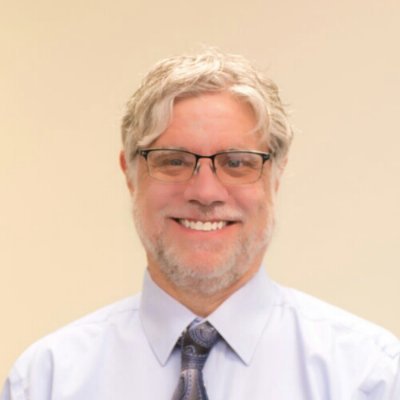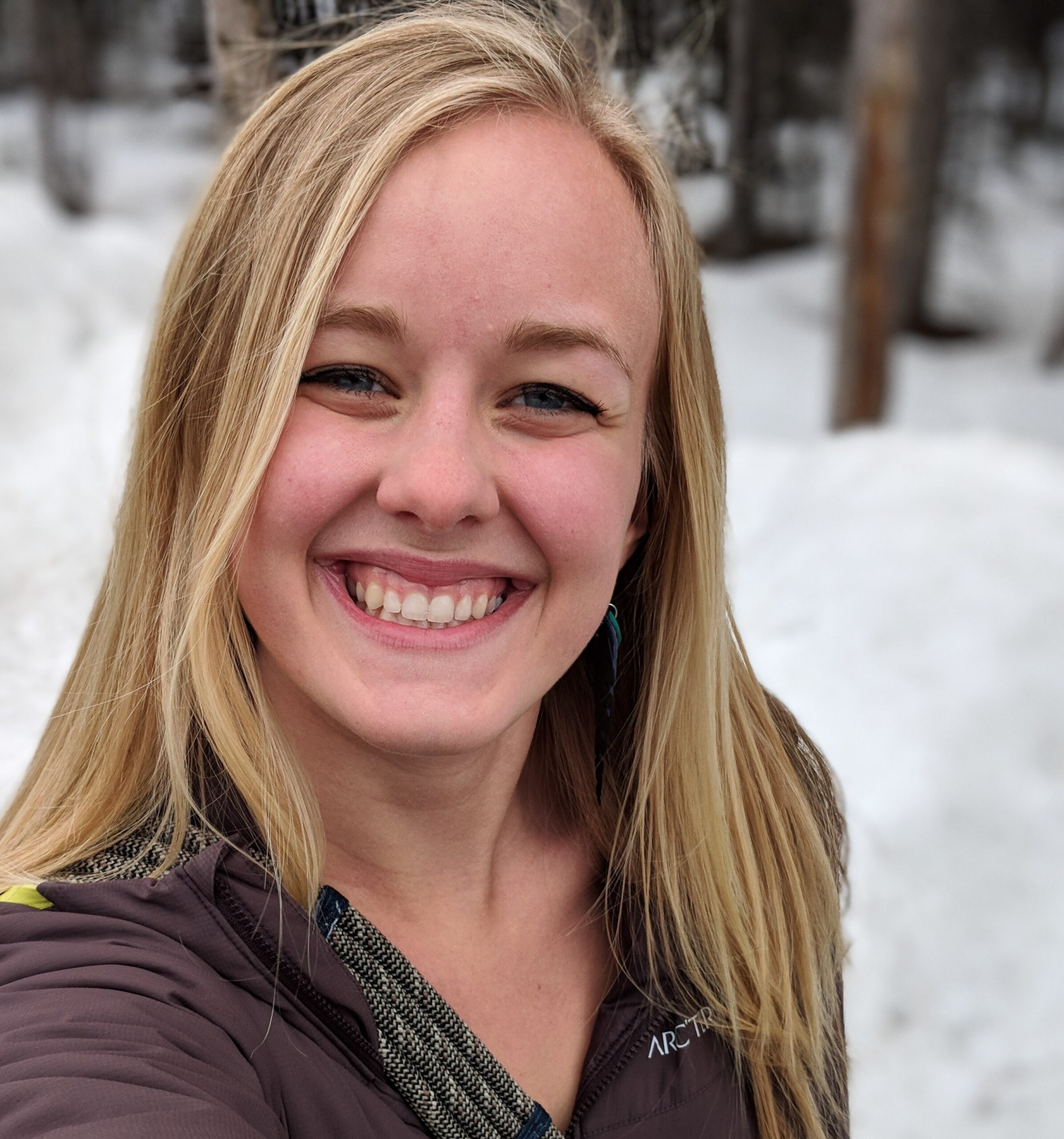Apply now to join our next cohort of Community Science Fellows and Community Leads!

The City of Ashland, Wisconsin hopes to complete an assessment and create a management plan to rehabilitate the Bay City Creek corridor and improve water quality as it runs into Lake Superior. This plan will prioritize needs in the corridor including design and engineering plans to reduce erosion and pollution. This will hopefully lead to future funding opportunities and eventually clean-up of the corridor.
The City of Ashland is called home by 7,900 hard working, hearty and resilient people. It sits on the southern shores of Lake Superior in Chequamegon Bay. The community is rich in natural resources but socioeconomically challenged. Ashland was once a bustling town of 16,000 people when its shorelines were littered with ore docks, lumber mills, coal docks, railroad grades, and a coal gasification plant. Over the past 100 years, the economic use of the Lake Superior shoreline has changed from that of industry to that of outdoor recreation and a blue economy. Over the past 7 years, the Chequamegon Bay (Ashland) has been impacted by two 100-year, a 500-year, and a 1000-year storm. These storms eroded shorelines, destroyed public spaces, ruined roads, and made the community very aware of climate change and the importance of climate resiliency.
The City of Ashland community would like to learn what steps need to be taken to rehabilitate the Bay City Creek corridor and improve water quality as it runs into Lake Superior.
The Bay City Creek corridor runs through Ashland and has been heavily impacted by the historical urbanization and industrialization of the riparian corridor. More than 30 storm drains lead directly into the creek and the city’s main snow storage is on the banks of the corridor. In the 1950’s, the city offset erosion from flash floods by placing automobiles along the banks. The mouth of Bay City Creek is only about 500 feet from the City’s drinking water intake. Improving the quality and runoff from the corridor will also protect Ashland’s drinking water supply and positively impact the health of the residents. There are two major causes of pollution coming from Bay City Creek: 1) storm water runoff, and 2) excess sediment from eroding bluffs and streambanks.
Project Activities
Timeline & Milestones:
| Dates | Milestone |
| May – June 2022 | Scope project |
| July – September 2022 | Find a scientist |
| September – December 2022 | Scientist surveys Bay City Creek corridor, drafts recommendations for sustainable designs and engineering plan |
| January 2023 | Write management plan as a team |
| May 2023 | Plan complete |

Sara Hudson
Sara Hudson has called the Chequamegon Bay area of Lake Superior “home” for the last 18 years. She has worked for the City of Ashland for the last 16 year, 11 of which as the Parks and Recreation Director. She currently serves on the IJC-Water Quality Board, Northwoods Tech Foundation Board, Ashland Rotary and various other area organizations. She and her family enjoy spending time outdoors biking, boating, skiing and exploring the natural world around them.

Brant Kucera
Brant Kucera holds a Bachelor of Science in Geography from the University of Idaho and a Master of Public Administration from Northern Michigan University. He has worked as a municipal administrator for over twenty years in Wisconsin, Michigan, Pennsylvania, Idaho and Oregon. Brant has dedicated his career to improving the quality of life in rural communities through progressive and professional management. He appreciates the unique sense of identity and community closeness that can only be found in a small town. When not at work he enjoys spending time with his son Rhys, reading, travel and philately. Brant has been the City Administrator of Ashland, Wisconsin since 2018.

Lindsey Taylor
Lindsey Taylor (she/her) received her Bachelor of Arts degree in Biology from Gustavus Adolphus College in Minnesota, after which she worked and traveled seasonally for four years. She spent four summers working in science communication and field education roles in Denali National Park, Alaska and winters in various places including Colorado and New Zealand. Lindsey recently completed a professional Master of Science degree in Environmental Conservation from the Nelson Institute for Environmental Studies at the University of Wisconsin-Madison. As part of her capstone, she co-facilitated a conservation planning process in the Driftless Area with partners from various conservation organizations in the region. She is now a Conservation Programs Coordinator at the Natural Resources Foundation of Wisconsin, where she supports the Foundation’s conservation programs, including administering grant programs, and coordinating initiatives and partnerships that benefit Wisconsin’s lands, waters, and wildlife. In her free time, she enjoys birding, reading, camping, and paddling.
We are looking for a scientist/engineer to assess the needs of the Bay City Creek corridor and prioritize what needs to be done to improve water quality and riparian quality of the corridor. These strategies will likely include green infrastructure suggestions, bank stabilization, and rehabilitation of the riparian vegetation. The output of this step would be a plan so the City of Ashland can apply for funding to complete the project. Ideally, the scientist would be able to travel to the city to assess Bay City Creek in person in the late summer/fall.
Desired skills and qualifications:
Thriving Earth Exchange asks all scientific partners to work with the community to help define a project with concrete local impact to which they can contribute as pro-bono volunteers and collaborators. This work can also position the scientists and communities to seek additional funding, together, for the next stage.
(c) 2024 Thriving Earth Exchange